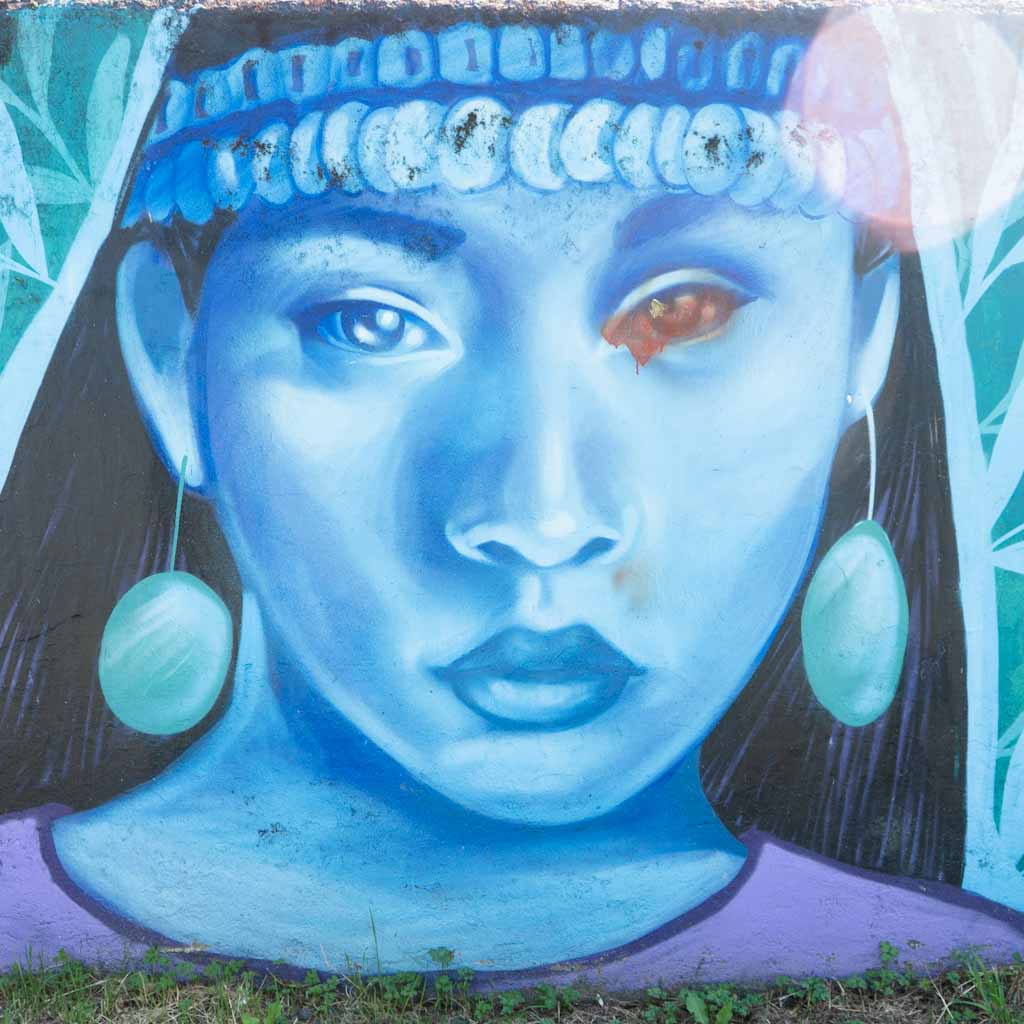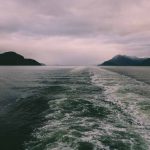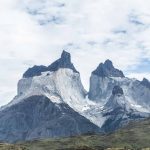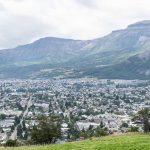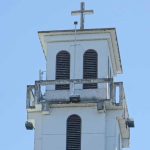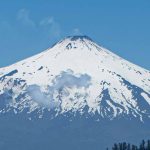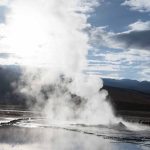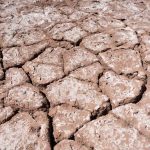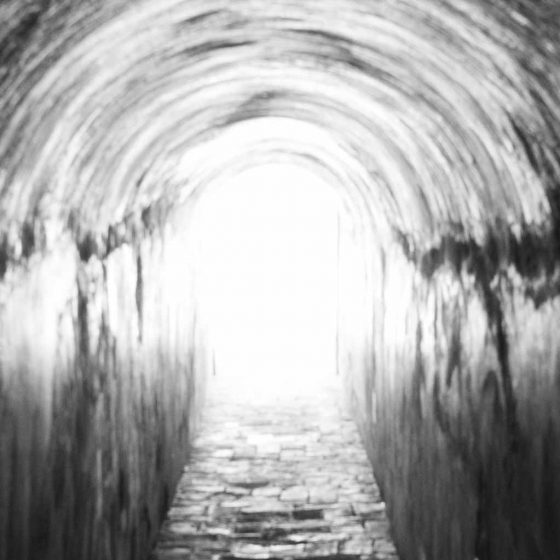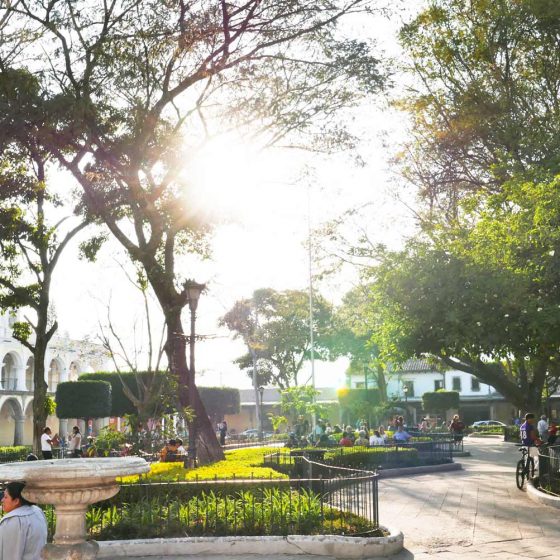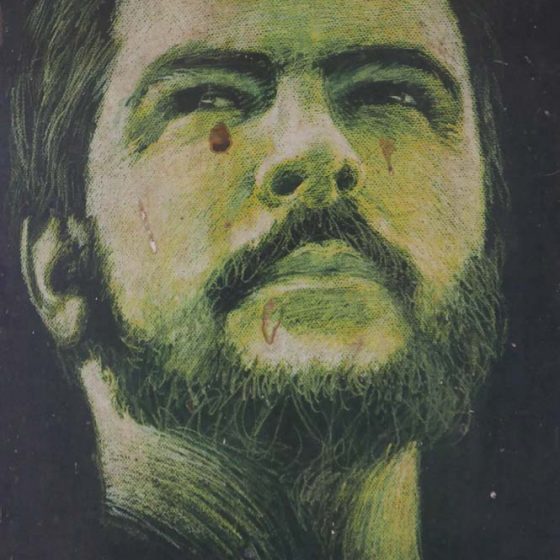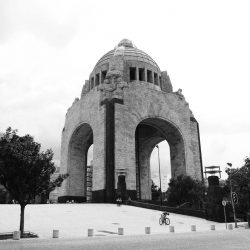Stability is not a trait you often associate with Latin America. But for one infamous exception, Chile has been the outlier on the Southern American continent.
The one essential thing to know to understand Colombia?
It is probably the continuous tension between the democratic left (which has been in charge surprisingly often in the last decades) and the conservative soul of the people. Apart from the dictatorship between 1973 and 1989, this tension hasn’t boiled over into massive civil wars, as has been the case in some other Latin American countries.
Alright. But what are the Colombians really made of?
Well, lots of indigenous people. In the north the remains of nomadic Chinchorro people and the Atacameno culture have been well-preserved, also due to the extremely dry climate in the Atacama desert of course. In the south Picunche farmers were an important factor, as have been the Mapuches, who are very visible to this day in their fight for equality and recognition of land rights.
After the inevitable arrival of the Spaniards (Pedro de Valdivia managed to reach the centre of the country in 1540 and established Santiago), indigenous people were almost extinguished due to warfare and especially infections the Spanish brought with them. The Mestizos, mixed race people, slowly became the dominant part of the population.
The inevitable question: how much damage did the Spanish cause during their conquest?
Not nearly as much as in other countries, thankfully. The Spanish also never really controlled the entire country. Especially the Mapuches put up some fierce resistance in the south. Around 1818 the occupation of Chile (the governed from Peru) came to an end because of liberating forces by Simon Bolivar (traveling from Venezuela all the way to Peru) and Jose de San Martin who came from Argentina.
And they were happy ever after?
Well, at least Chile was ever expanding (in the north after a short war, in the south through an 1881 treaty with the Mapuches). An old Spanish phenomenon (haciendas run by landowners who mainly thanked their wealth to land grants by Pedro de Valdivia) became an increasing problem though, because it encouraged the exploitation of indigenous people and it hampered modernization until in the 1960s. Another problem was the dependency on copper mines, which were taken over by Northern American companies. And the opening of the Panama canal in 19124 made most Chilean ports obsolete.
Thise macroeconomic and sociocultural developments slowly led to more and more tension and political polarization, and in 1970 to the election of Salvador Allende as the first Marxist president of a Latin American country.
So then peace?!
The opposite. Allende was struggling to contain the multiple crises, not helped by the US government actively undermining the president. In 1973 the crisis erupted: Gustavo Pinochet, a military commander, performed a coup d’etat and established a dictatorship. His regime cracked down on leftists, killing thousands of opponents of the dictatorsahip. Economically, his free-market policies stabilized the country though, cynically enough. The dictatorship came to an end in 1989 when Pinochet staged elections, which he expected to win easily. The electorate didn’t agree with that though.
All good?
At least Chile has become the dominant economic force in Southern America, together with Brasil. There are still tensions: with the indigenous Mapuches and the government for example. Between the left and the conservatives, who are in a continuous battle for control of the presidency.
Inequality is a recurrent theme in Chile. Student protests regularly rock the country, and led to a process of constitutional reform which is still hotly debated as of now (in 2023). But tourism and high mineral prices have made the Chilean economy pretty resilient. The country is also slowly becoming more modern: under the presidencies of Michelle Bachelet (a single agnostic mother) reforms have been made to abortion, gay rights and educational inequality, and many national parks have been established or expanded.
